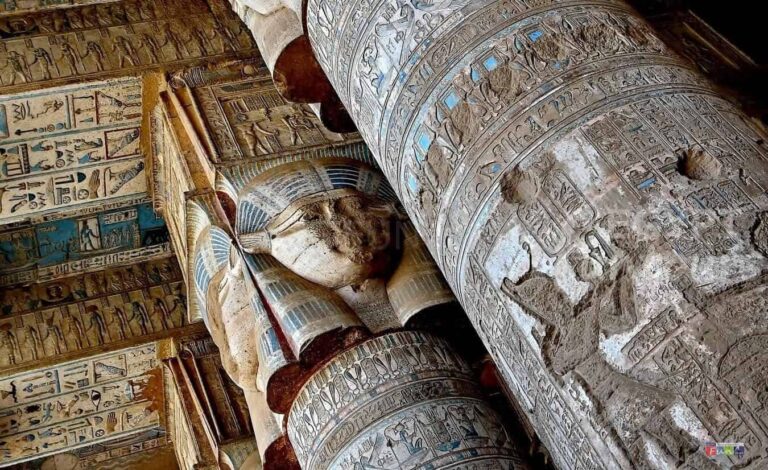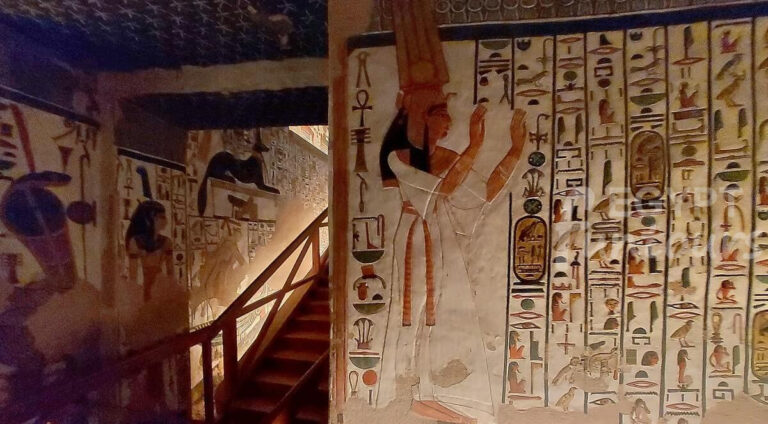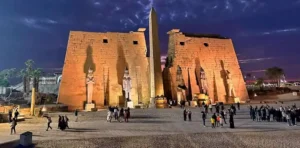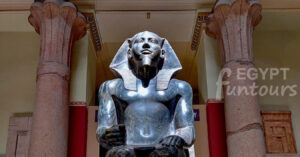The Goddess Tefnut: A Force of Moisture!
Goddess Tefnut, a pivotal figure in the ancient Egyptian pantheon, personifies both vital moisture and the sometimes harsh, corrosive air of the desert. Her name itself may mean “she of moisture.” She stands as one of the oldest deities, a fundamental part of the creation story, and a key member of the Ennead of Heliopolis. Her dual nature makes her a complex goddess, embodying both life-giving rain and the destructive heat of the sun. This complexity reflects the Egyptian understanding of their environment, where the same forces that brought life could also bring ruin.
Origins and Family Ties
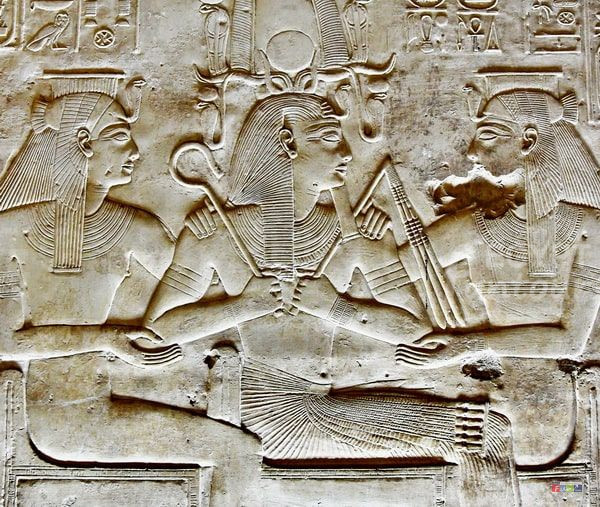
The lineage of Tefnut places her at the very beginning of creation. The supreme creator god Atum brought her and her twin brother and husband, Shu, into existence. In some versions of the myth, Atum created them by sneezing or spitting them out. This makes Tefnut and Shu the first divine couple, responsible for bringing order to the primordial chaos.
Tefnut and Shu had two children: Geb, the earth god, and Nut, the sky goddess. These four deities formed the cornerstone of the cosmos. Together, they separated the heavens from the earth, establishing the physical world as the Egyptians knew it. This creation myth highlights Tefnut’s essential role in establishing the cosmic order.
Goddess Tefnut: Roles and Responsibilities
Tefnut’s primary roles revolved around her elemental associations. As the goddess of moisture, she represented rain, dew, and the clouds that brought life to the land. This aspect of her made her a life-giver and a source of nourishment for all living things. Farmers and common people likely revered her for this benevolent side, as the fertility of their land depended on moisture.
Conversely, she also embodied the more aggressive forces of nature. She was the goddess of corrosive air, the heat of the sun, and the destructive elements that could wither crops. This dual nature reflects the Egyptian view of their environment. The same sun that nurtured life could also bring drought and desiccation.
In some myths, goddess Tefnut grew angry with humanity and left Egypt for Nubia, taking all the moisture with her. This caused a great drought. The other gods had to convince her to return, often through the clever tricks of Thoth, the god of wisdom. Her return was celebrated with great joy, bringing the fertile floods of the Nile with her. This myth, known as “The Distant Goddess,” shows her power to both create and destroy. It also served as an etiological tale to explain periods of drought and the subsequent return of the Nile’s vital inundation.
Goddess Tefnut: Iconography and Depiction
Artists depicted Tefnut in several forms, often highlighting her connection to both her serene and fierce aspects. Her most common representations include:
- A woman with the head of a lioness: This form connects her directly to the sun’s destructive heat and the fierce power of the lioness.
- A full lioness: This representation emphasizes her untamed, primal power.
- A woman: In her more benevolent form, she appeared as a beautiful woman, often holding a scepter and the ankh, the symbol of life.
Her headdress typically featured a sun disk encircled by a uraeus (cobra), further linking her to the sun god Ra. This connection reflects her role as the “Eye of Ra,” a title given to several goddesses who served as the sun god’s protective and sometimes vengeful agent.
Worship and Cultural Significance
While goddess Tefnut did not have major temple complexes dedicated solely to her, her worship was widespread, particularly in areas associated with the creation myths. As part of the Ennead, she was central to the rituals performed in Heliopolis. Her cult was often celebrated alongside her husband, Shu, and her father, Atum.
Her significance lies in her embodiment of the fundamental forces of nature. She showed Egyptians that creation required a balance of opposing forces: moisture and air, life and death, benevolence and destruction. Her story served as a powerful reminder that cosmic order was a fragile state that required the constant presence and cooperation of the gods. Tefnut’s enduring legacy continues to showcase the Egyptians’ sophisticated understanding of their world and the divine forces that shaped it.

